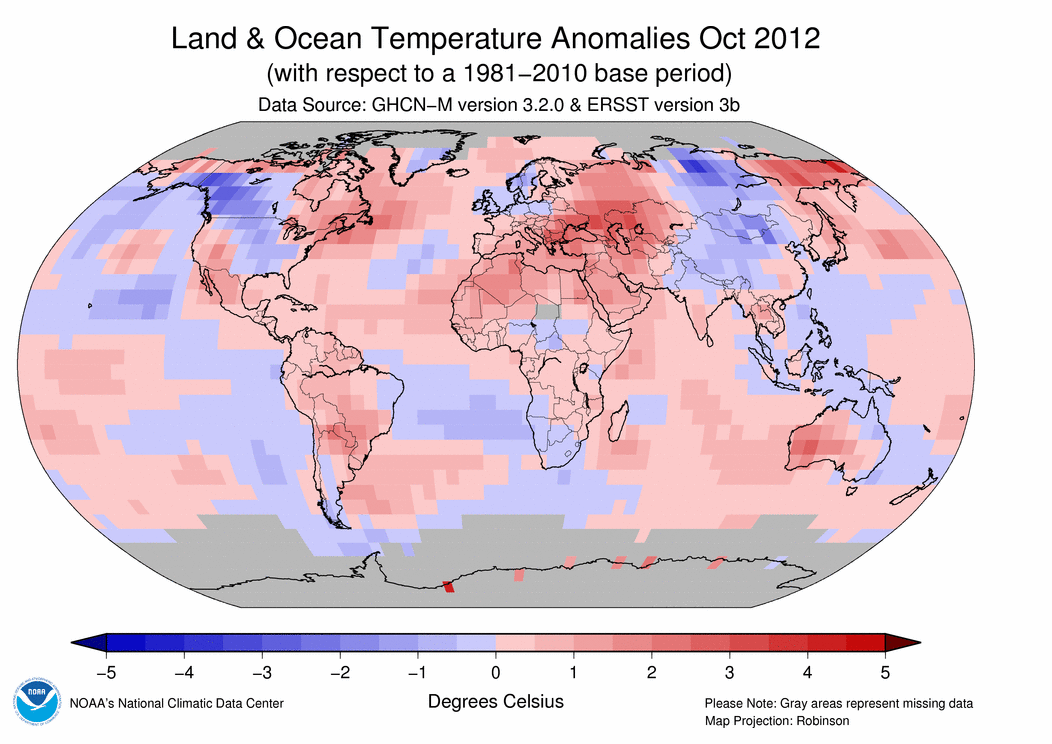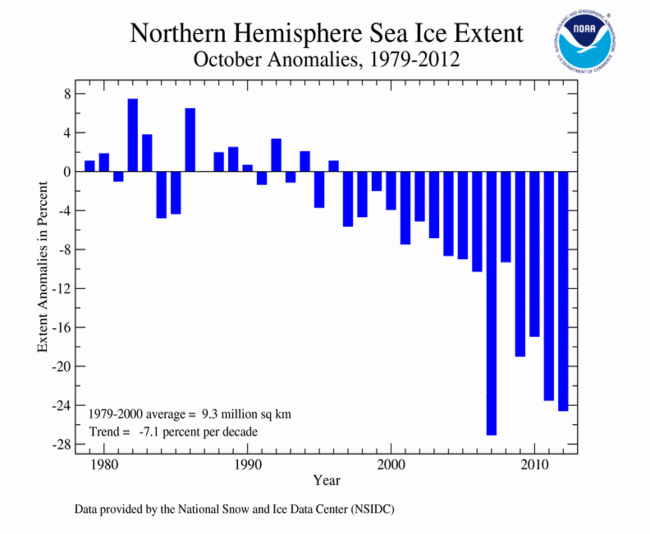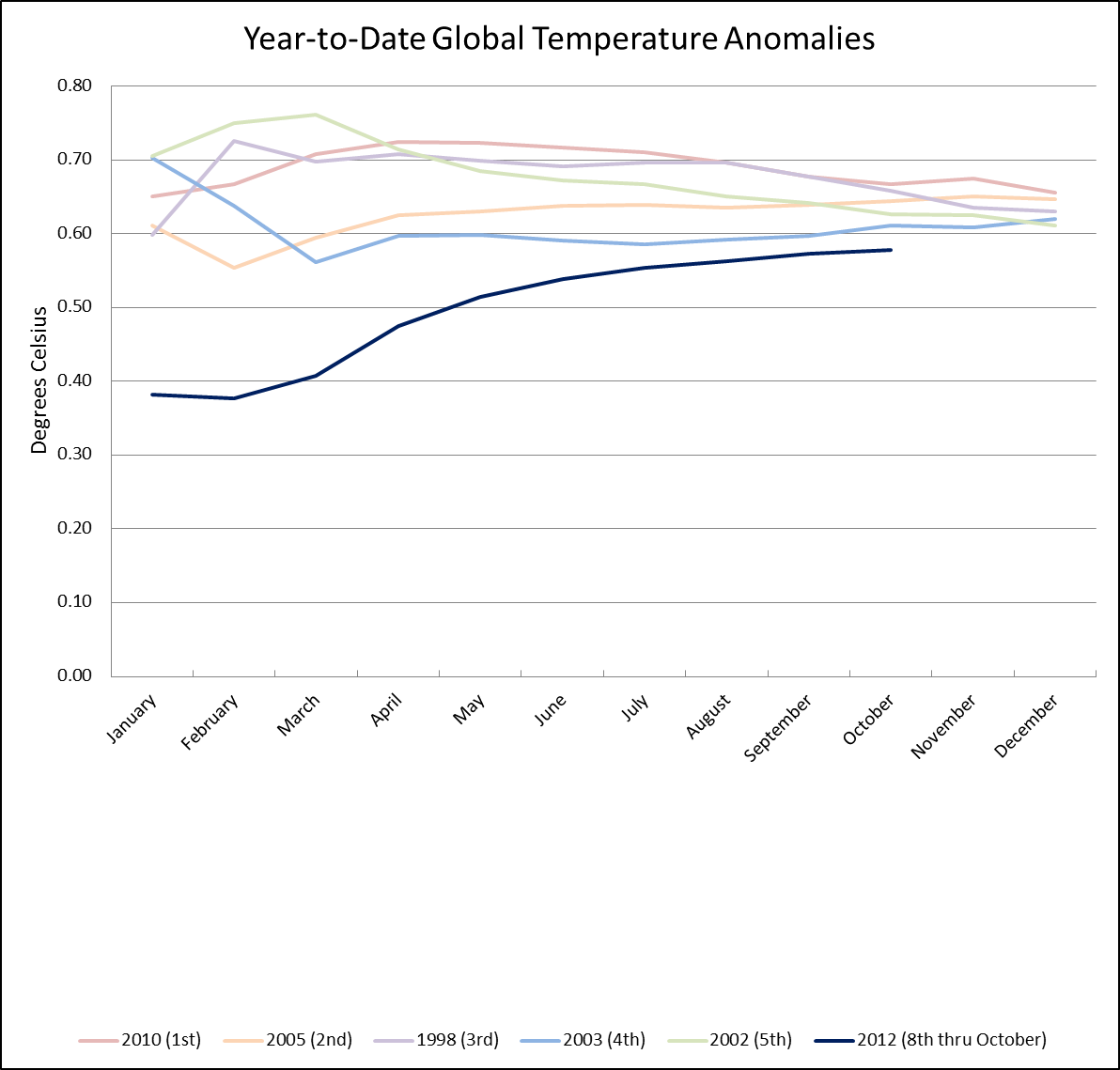USA, EARTH — Can you remember which witch said, “I’m melting”?
A: That would be the Wicked Witch of the West
Do you know which witch said, “I’m melting Twice as Fast as Previously Thought”?
A: That would be you and me.
On December 24, 1968 the first color photograph of the world was seen. It became a symbol for the environmental movement.
On December 24. 2012 the National Science Foundation said:
Study Finds That Portions of the West Antarctic Ice Sheet Are Warming Twice as Fast as Previously Thought
![]()
Findings could have important implications for global sea-level rise
 Credit and Larger Version |
December 24, 2012
A new study funded by the National Science Foundation (NSF) finds that the western part of the massive West Antarctic Ice Sheet (WAIS) is experiencing nearly twice as much warming as previously thought.
The findings were published online this week in the journal Nature Geoscience. NSF manages the U.S. Antarctic Program (USAP) and coordinates all U.S. research and associated logistics on the southernmost continent and in the surrounding Southern Ocean.
The temperature record from Byrd Station, an unmanned scientific outpost in the center of the ice sheet, demonstrates a marked increase of 4.3 degrees Fahrenheit (2.4 degrees Celsius) in average annual temperature since 1958. That is three times faster than the average temperature rise around the globe.
This temperature increase is nearly double what previous research has suggested, and reveals–for the first time–warming trends during the summer months of the Southern Hemisphere (December through February), said David Bromwich, professor of geography at Ohio State University and senior research scientist at the Byrd Polar Research Center.
“Our record suggests that continued summer warming in West Antarctica could upset the surface mass balance of the ice sheet, so that the region could make an even bigger contribution to sea-level rise than it already does,” said Bromwich.
“Even without generating significant mass loss directly, surface melting on the WAIS could contribute to sea level indirectly, by weakening the West Antarctic ice shelves that restrain the region’s natural ice flow into the ocean.”
Andrew Monaghan, study co-author and scientist at the National Center for Atmospheric Research (NCAR), said that these findings place West Antarctica among the fastest-warming regions on Earth.
“We’ve already seen enhanced surface melting contribute to the breakup of the Antarctic’s Larsen B Ice Shelf, where glaciers at the edge discharged massive sections of ice into the ocean that contributed to sea level rise,” Monaghan said. “The stakes would be much higher if a similar event occurred to an ice shelf restraining one of the enormous WAIS glaciers.”
Researchers consider the WAIS especially sensitive to climate change, explained Ohio State University doctoral student Julien Nicolas. Since the base of the ice sheet rests below sea level, it is vulnerable to direct contact with warm ocean water. Its melting currently contributes 0.3 mm to sea level rise each year–second to Greenland, whose contribution to sea-level rise has been estimated as high as 0.7 mm per year.
Due to its location some 700 miles from the South Pole and near the center of the WAIS, Byrd Station is an important indicator of climate change throughout the region.
In the past, researchers haven’t been able to make much use of the Byrd Station measurements, due to the fact that since the station was establishment in 1957, it hasn’t always been occupied. So, its data were incomplete, to the point that nearly one third of the temperature observations were missing for the time period of the study. A year-round automated station was installed in 1980, but it has experienced frequent power outages, especially during the long polar night, when its solar panels can’t recharge.
Bromwich and two of his graduate students, along with colleagues from the National Center for Atmospheric Research and the University of Wisconsin-Madison, corrected the past Byrd temperature measurements and used corrected data from a computer atmospheric model and a numerical analysis method to fill in the missing observations.
Aside from offering a more complete picture of warming in West Antarctica, the study suggests that if this warming trend continues, melting will become more extensive in the region in the future, Bromwich said.
While the researchers work to fully understand the cause of the summer warming at Byrd Station, the next step is clear, he added.
“West Antarctica is one of the most rapidly changing regions on Earth, but it is also one of the least known,” he said. “Our study underscores the need for a reliable network of meteorological observations throughout West Antarctica, so that we can know what is happening–and why–with more certainty.”
-NSF-
![]()
Media Contacts
Peter West, NSF (703) 292-7530 pwest@nsf.gov
Pam Frost Gorder, Ohio State University (614) 292-9475 Gorder.1@osu.edu
Principal Investigators
David Bromwich, Ohio State University / Byrd Polar Research Center (614) 292-6692 Bromwich.1@osu.edu
Andrew Monaghan, National Center for Atmospheric Research (NCAR) 303) 497-8424 monaghan@ucar.edu
![]()
The National Science Foundation (NSF) is an independent federal agency that supports fundamental research and education across all fields of science and engineering. In fiscal year (FY) 2012, its budget is $7.0 billion. NSF funds reach all 50 states through grants to nearly 2,000 colleges, universities and other institutions. Each year, NSF receives over 50,000 competitive requests for funding, and makes about 11,000 new funding awards. NSF also awards nearly $420 million in professional and service contracts yearly.
Useful NSF Web Sites:
NSF Home Page: http://www.nsf.gov
NSF News: http://www.nsf.gov/news/
For the News Media: http://www.nsf.gov/news/newsroom.jsp
Science and Engineering Statistics: http://www.nsf.gov/statistics/
Awards Searches: http://www.nsf.gov/awardsearch/


















West Antarctica Melting
by Eric Steig
Regular followers of RealClimate will be aware of our publication in 2009 in Nature, showing that West Antarctica — the part of the Antarctic ice sheet that is currently contributing the most to sea level rise, and which has the potential to become unstable and contribute a lot more (3 meters!) to sea level rise in the future — has been warming up for the last 50 years or so.
Our paper was met with a lot of skepticism, and not just from the usual suspects. A lot of our fellow scientists, it seems, had trouble getting over their long-held view (based only on absence of evidence) that the only place in Antarctica that was warming up was the Antarctica Peninsula. To be fair, our analysis was based on interpolation, using statistics to fill in data where it was absent, so we really hadn’t proven anything; we’d only done an analysis that pointed (strongly!) in a particular direction.
It has been a strange couple of years in limbo: we have known with certainty for at least two years that our results were basically correct, because there was a great deal of very solid corroborating evidence, including the borehole temperature data that confirmed our basic findings, and data from automatic weather stations near the center of West Antarctica that we hadn’t used, but which Andy Monaghan at Ohio State (now NCAR) had shown also corroborated our results. But most of this work was unpublished until very recently, so it wasn’t really usable information.
The borehole temperature data were published earlier this year by Orsi et al. in Geophysical Research Letters. The new temperature reconstruction of Monaghan was included as part of a paper (Küttel et al.) on ice core records in Climate Dynamics, also earlier this year; it was also included in the reconstruction in Schneider et al. 2011 in Climate Dynamics. Both showed unambiguously that West Antarctic is warming up, as fast as the Antarctic Peninsula. Bromwich et al. gets this same result again.
If it sounds like I don’t think Bromwich et al.’s results are anything new, let me correct that impression. The contribution of this new paper is huge. Bromwich et al. rely almost entirely on local data to produce the best-possible record of temperature from one location — Byrd Station in central West Antarctica. In contrast, our work relied heavily on interpolation of data from weather stations some distance from West Antarctica. Why didn’t we use the same data Bromwich et al. did? Well, we did, but the problem is that the Byrd Station record is actually several different records, taken at different times using different instruments. We felt that we could not splice these records together into one continous record, because instrument inter-calibration issues could easiily create spurious trends.
One of the chief contributions of the Bromwich team is that they carefully checked the calibration on the various temperature sensors and dataloggers that are used in the Byrd automatic weather station. It turns out that there were significant calibration issues and that correcting for them makes the temperature higher in the 1990s but somewhat lower in the 2000s (though still higher than in the 1960 – 1980s). That is a compelling finding, because it puts the weather station data in better agreement with the climate forecast reanalysis data explaining the cause of the winter warming trends (as described e.g. in Ding et al., 2011; 2012).
Another new aspect of the Bromwich et al. paper is that it shows that there is significant warming even in summer time in West Antarctica. This could arguably bode ill for the West Antarctic Ice Sheet, since if current trends continue it will mean more melting on the ice shelves there — ultimately leading to their collapse, as has already happened on the Antarctic Peninsula.
As Anais Orsi and I discuss in a News & Views article — not yet online, but evidently to be in the Februrary print issue of Nature Geoscience — Bromwich et al.’s results are objectively the best record available of the last five decades of temperature change in West Antarctica. Note that the while the borehole data are the most important independent validation, they provide only a smoothed look at past temperatures; they do not resolve interannual or decadal variability. Bromwich et al.’s updated record for Byrd Station should now be routinely incorporated into global temperature compilations such as those done by GISS and CRU. Doing so will, I think, change the picture of climate change in the Southern Hemisphere, and not insignificantly.
There’s a lot more to be said — including some reasons why I don’t think the likelihood of surface-snow-melt-driven collapse of ice shelves is very high in West Antarctica — but I’m off to enjoy a respite from the internet for a few days. I’m going somewhere nice and cold and snowy.
Happy Holidays to all.
Reading materials, with links, below.